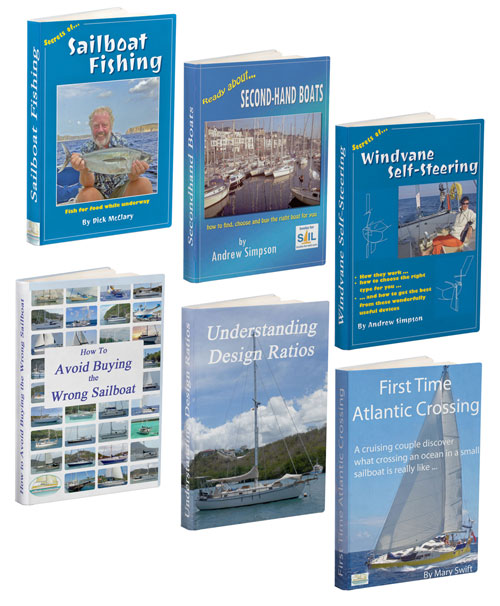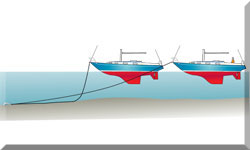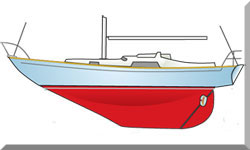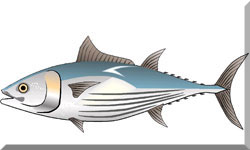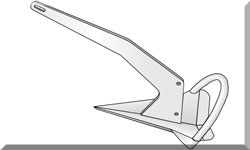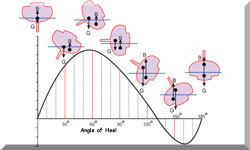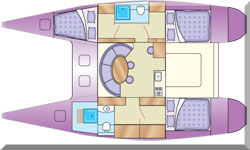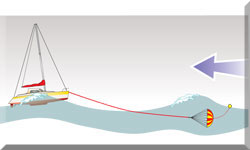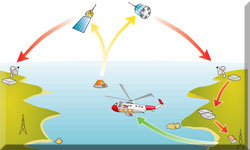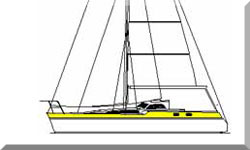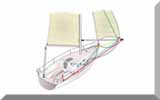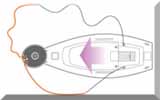- Home
- Electronics & Instrumentation
- Marine AIS Issues
Marine AIS Issues: Your Questions Answered
AIS (Automatic Identification System) is a maritime communication system that uses VHF radio frequencies to transmit and receive vessel information.
For recreational sailors like us, AIS enhances our safety by providing real-time data about nearby vessels, including their position, speed, and course. This information is displayed on chart plotters or dedicated AIS displays, helping us navigate busy waterways and avoid collisions.
AIS also integrates with GPS and other navigation tools, offering a comprehensive view of the maritime environment. Shore-based stations and satellites can receive AIS signals, extending its utility for offshore sailing.
What type of AIS device should I use?
What type of AIS device should I use?
Recreational sailors typically choose between Class B AIS transponders, which are designed for smaller vessels, and receive-only AIS devices. Class B transponders transmit at lower power and less frequently than Class A devices, making them more affordable and suitable for leisure boats. Some sailors opt for receive-only AIS to monitor nearby traffic without broadcasting their own position.
When selecting an AIS device, consider factors like integration with existing navigation systems, ease of installation, and whether you need a dedicated antenna or can use a splitter with your VHF antenna.
What information does AIS transmit and receive?
What information does AIS transmit and receive?
AIS transmits data such as vessel name, MMSI number, position, course, speed, and navigational status. For recreational sailors, this means you can identify nearby vessels, assess their movements, and communicate directly using their MMSI number.
AIS also receives similar information from other vessels, providing a clear picture of maritime traffic. Advanced AIS systems can display additional data like destination, estimated time of arrival, and vessel dimensions, which can be useful for planning and situational awareness.
What is an MMSI number and how do I obtain one?
What is an MMSI number and how do I obtain one?
In many countries, MMSI numbers are obtained through national telecommunications authorities or recognized organizations like national sailing associations. The process may involve providing vessel details and proof of ownership. An MMSI number is essential for transmitting your own AIS data and for using a DSC VHF radio. It is very important to make sure that the data entered into the AIS transponder is correct.
What is the range of AIS signals?
What is the range of AIS signals?
The range of AIS signals depends on factors like antenna height, transmission power, and environmental conditions. For recreational sailors using Class B AIS, the typical range is 5–10 nautical miles. However, signals can travel farther in open water with a high-mounted antenna.
Satellite-AIS can extend the range significantly, making it possible to track vessels far offshore. Understanding the limitations of AIS range is crucial for effective navigation, especially in areas with limited visibility or heavy traffic.
Can AIS be used for collision avoidance?
Can AIS be used for collision avoidance?
AIS is a valuable tool for collision avoidance, providing real-time data about nearby vessels' positions, courses, and speeds. Many AIS systems include alarms that alert you to potential collision risks, allowing you to take evasive action. However, AIS should be used alongside radar and visual observation, as not all vessels are equipped with AIS transponders. For recreational sailors, AIS is particularly useful in busy shipping lanes, at night, or in poor visibility conditions.
How do I integrate AIS with my chart plotter or computer?
How do I integrate AIS with my chart plotter or computer?
Integrating AIS with a chart plotter or computer involves connecting the AIS device via NMEA 0183 or NMEA 2000 protocols. This allows AIS data to be displayed on your navigation system, providing a comprehensive view of nearby vessels and their movements.
Many modern chart plotters are AIS-compatible, and some even include built-in AIS receivers. For computer integration, software like OpenCPN can display AIS data on electronic charts, enhancing situational awareness.
What type of antenna is required for AIS?
What type of antenna is required for AIS?
AIS requires a VHF antenna, ideally mounted as high as possible to maximize range. Some sailors use a dedicated AIS antenna, while others opt for an antenna splitter to share their existing VHF antenna. When choosing an antenna, consider factors like frequency range, gain, and installation location.
A well-placed antenna can significantly improve AIS performance, ensuring reliable communication and data reception.
Why don't I see all nearby vessels on AIS?
Why don't I see all nearby vessels on AIS?
Not all vessels are equipped with AIS transponders, and some may have their AIS turned off. Additionally, Class B AIS transponders have lower transmission power, making them harder to detect at long distances. Environmental factors like terrain, weather, and signal interference can also affect AIS visibility. For recreational sailors, it's important to remember that AIS is a supplementary tool and should not replace visual observation or radar.
Can AIS be used for personal safety?
Can AIS be used for personal safety?
AIS can enhance personal safety through AIS beacons known as PLBs (Personal Location Beacons), which are often integrated into lifejackets. These beacons transmit the wearer's location to nearby AIS-equipped vessels in case of emergencies, such as a man-overboard situation. For recreational sailors, AIS beacons provide an additional layer of safety, especially during offshore sailing or in rough weather. Some AIS systems also include features like distress alerts and tracking, making them invaluable for search and rescue operations.
How does AIS compare to radar?
How does AIS compare to radar?
Radar detects all targets, including buoys, landmasses, and vessels without AIS. Radar can be affected by sea clutter and rain, obscuring targets. AIS provides identification, which radar does not, while radar provides bearing and range, even from vessels without AIS. Using both AIS and radar provides the most comprehensive situational awareness for sailors.
How do I integrate AIS with my chart plotter?
How do I integrate AIS with my chart plotter?
NMEA 2000 is the newer, more reliable standard, but older systems use NMEA 0183. Ensure compatibility between your AIS receiver and chart plotter. Proper grounding is essential to prevent interference. If unsure, professional installation is recommended.
Recent Articles
-
The Marine AIS System
Apr 03, 25 09:30 AM
What si the Marine AIS System is, how does it work and what can it do for us sailors? -
Marine AIS Issues: Your Questions Answered
Apr 03, 25 04:16 AM
Got a marine AIS issue? Odds are you'll find the answer here... -
Beneteau Oceanis 36CC Sailboat Specs & Key Performance Indicators
Apr 02, 25 10:09 AM
The Beneteau Oceanis 36CC sailboat specs and KPIs set out here say a lot about how this centre-cockpit sloop is likely to behave in a seaway...
